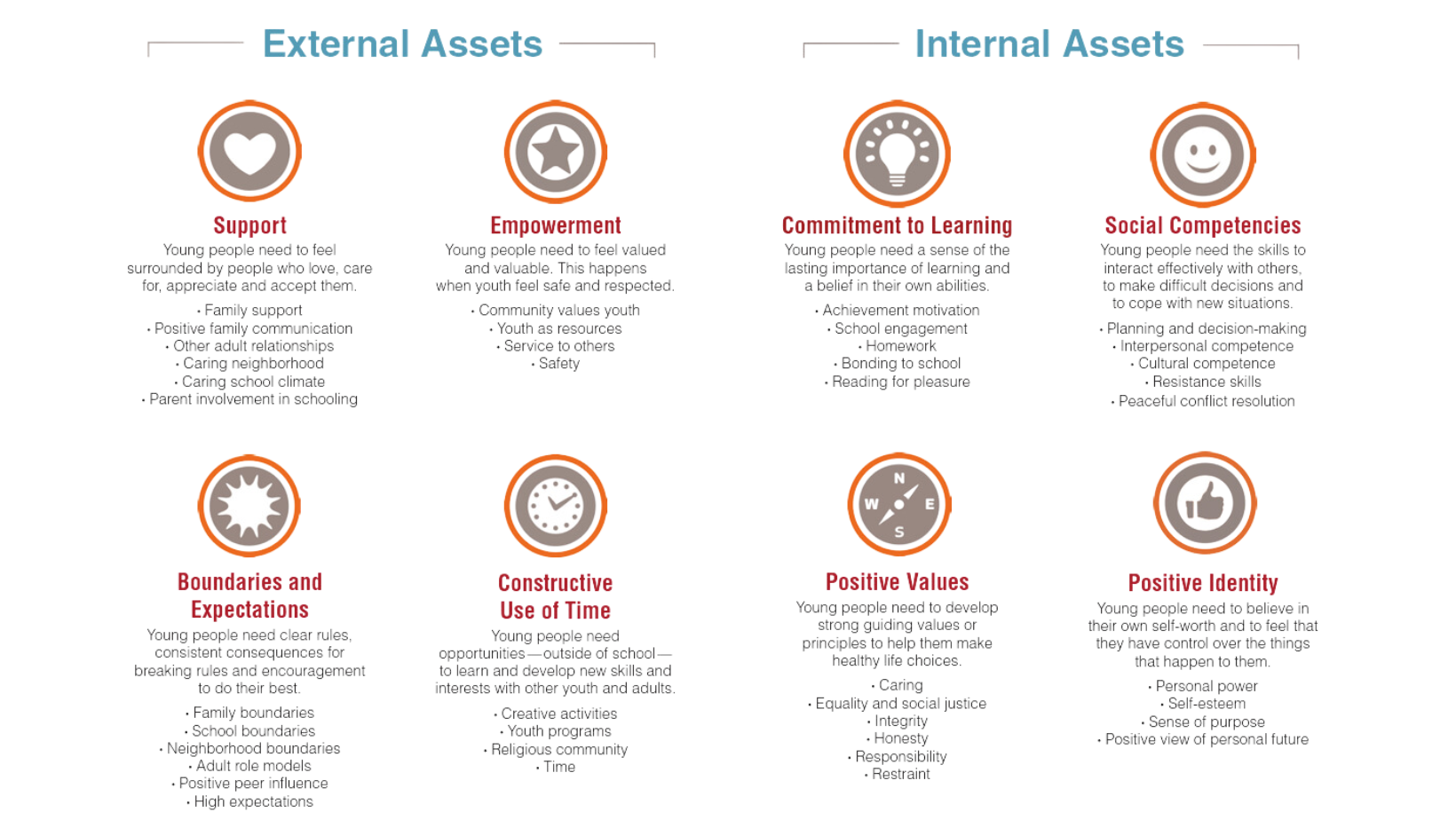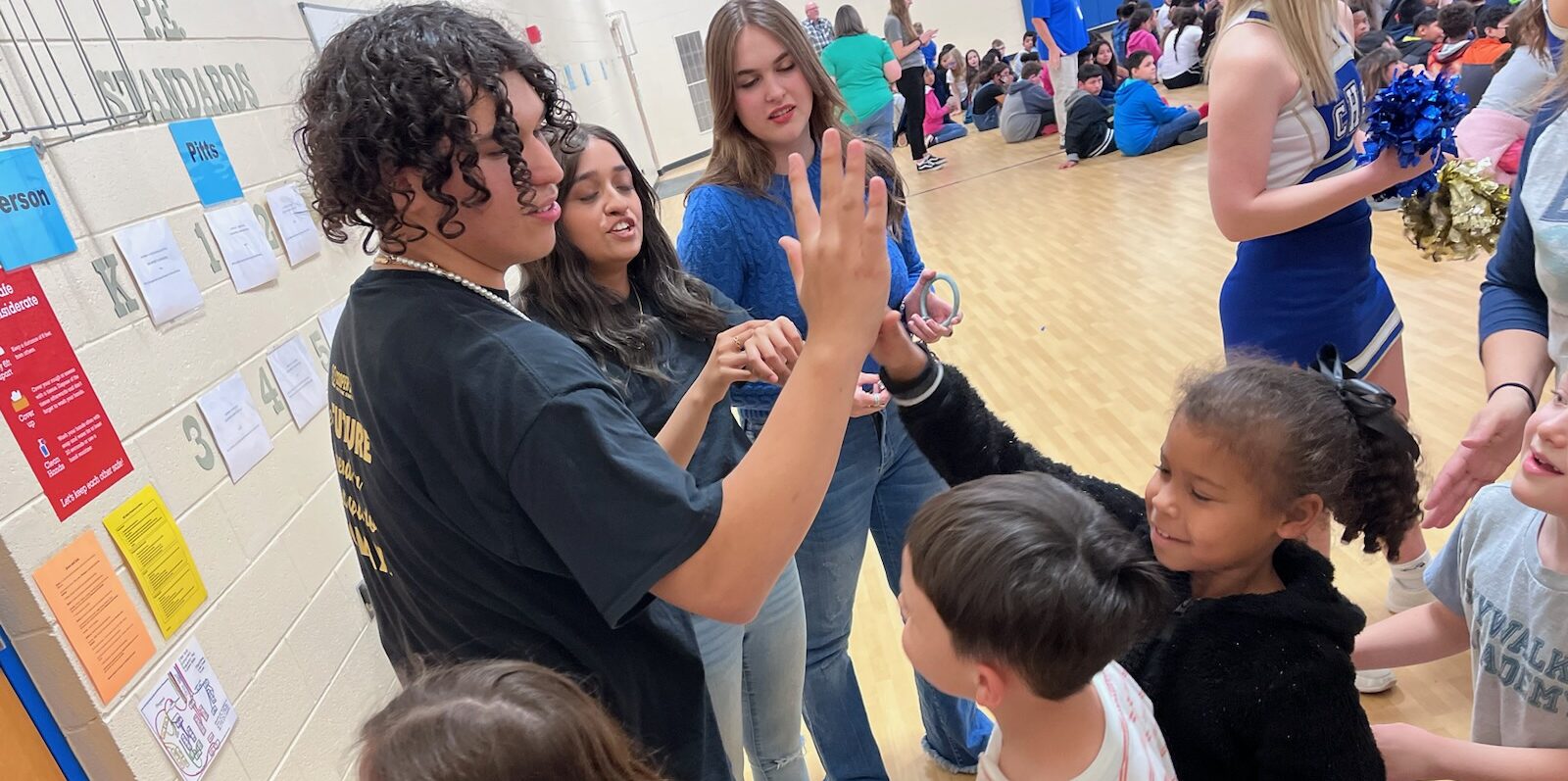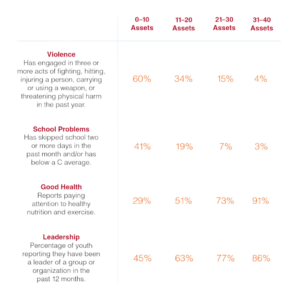A note from the author:
Recognizing and reinforcing strengths in students isn’t a naïve way to ignore problems, challenges and risks. Rather, it taps students’ motivations and capacities to learn, grow and improve.
When educators view young people based primarily on their limitations, we treat them differently. That reinforces our preconceptions (sometimes stereotypes) about who they are and what they can do. Even when they have the best of intentions, research shows that when teachers hold deficit-focused views of students, they:
- Lower their expectations for these students;
- Give fewer options for learning;
- Spend less time with these students; and
- Talk less with them.
Is it any wonder that students disengage or hold back, particularly when they really are struggling?
In contrast, noticing and tapping students’ strengths and aspirations can bring out the best in students. One way it does this is by helping students themselves recognize and use those strengths for their own learning, growth and resilience. It also creates a positive connection between the teacher and student that encourages positive interaction and motivates the student to work harder for the teacher.
In the end, recognizing and building on young people’s strengths is more motivating and empowering than focusing on their challenges and deficits. While negative emotions can shut us down, positive emotions open us up, helping us see more options, solve problems and expand our worlds.
Yes, many students do face real challenges and limitations. It’s just as true, however, that these same students have real strengths. Our challenge and opportunity as educators is to notice and accentuate those strengths as resources, even when they’re overshadowed by the challenges we first notice.
Below are tools and ideas to Catch Students Doing Something Right as a powerful focus for helping students overcome the challenges they face. As its focus, we’re offering Search Institute’s widely recognized framework of Developmental Assets® as a tool for reflection, conversation, and learning about the strengths and resources in young people’s lives.
Kent Pekel, Ed.D.
President and CEO, Search Institute
The Importance of Positive Emotions
There is more to a focus on strengths than “feeling good.” But feeling good (or, more technically, positive emotions) can make a real contribution to learning, growth and resilience. (The opposite is also true, of course: feeling bad, threatened or belittled makes it harder to learn.)
How does this work? A growing body of experimental research suggests that small but regular experiences of positive emotions enhance our personal resources, including:
- A sense of personal competence
- Self-acceptance
- A sense of optimism and purpose in life
- Positive relationships
These personal strengths are what our students can draw upon to navigate successfully through life.
Strengths Students Need: Search Institute’s Framework of Developmental Assets
Thousands of schools and other organizations have used Search Institute’s framework of Developmental Assets to help them focus on identifying and building strengths in children and youth. The framework articulates specific strengths that matter for kids’ development and thriving. The assets are organized into two broad categories:
- External Assets focus on positive relationships and opportunities young people need in their families, schools and communities.
- Internal Assets focus on the character strengths (beliefs, attitudes and skills) that young people need to develop within themselves to guide their choices.

The framework captures a wide range of what kids need across all areas of their lives. No single organization or person builds all the assets. But knowing about these different potential strengths in many parts of students’ lives helps educators notice and tap the strengths students experience in their families and communities, as well as the strengths they are developing within themselves.
The Power of Developmental Assets
Based on Search Institute’s surveys of almost 90,000 students in grades 6 to 12 in 2010, this chart shows that the more assets young people experience, the less likely they are to engage in a wide range of risky behaviors and the more likely they are to engage in positive behaviors.
The numbers represent the percentage of students in each asset group who report this behavior:
Assets have power for all young people, regardless of their gender, economic status, family or race/ethnicity. Levels of assets are better predictors of high-risk involvement and thriving than poverty or being from a single-parent family.
Developmental Assets and School Success
Experiences of Developmental Assets aren’t just good for life in general. They also provide a foundation for school success.
- Higher levels of Developmental Assets are linked to better school grades, achievement motivation and academic self-confidence.
- Increases in assets over time have been linked to significantly better school grades.
- Students with low levels of assets in middle school earn, on average, a GPA of “C” three years later in high school. Students with high levels of assets in middle school earn an average GPA of “B+” three years later in high school (Scales et al., 2006).
- Students who have adequate levels of assets in middle school are two to three times more likely than other students to have “B+” or higher GPAs three years later in high school (Scales et al., 2006).
Consider surveying your student body to discover their experiences of Developmental Assets. For information on available survey options, visit search-institute.org/surveys.
LEARN ABOUT THE RESULTS FORMULA™
RESPECT + RECOGNIZE + REWARD + REINFORCE + RELATIONSHIPS = RESULTS™
As Jostens Renaissance schools build their culture and climate, they focus on using the Results Formula™. Identify the values that you RESPECT and then RECOGNIZE and REWARD actions you want to see. REINFORCE your values through traditions and words, while looking for ways to create strong RELATIONSHIPS. All of this drives RESULTS. Click on the articles below to learn more about each R of the Results Formula™
RESPECT
Renaissance schools show respect to what they regard as important. And while every school can have their own twist or area of focus, Renaissance schools, as a whole, show respect to academic performance, character development and to the staff and faculty (Staffulty) dedicated to helping students succeed.
RECOGNIZE
Renaissance creates an energized culture of recognition that runs broad and deep. It’s a culture that is purposeful in identifying achievements of all stakeholders and thoughtful in recognizing them. A Renaissance culture is focused on catching students (and educators) doing something awesome.
REWARD
Renaissance schools reward students for actions and achievements that align with what the school respects. There are many examples of Renaissance rewards — each of them serves to show appreciation to the efforts of students and teachers, to reinforce the behaviors that are valued and respected at school, and to provide motivation for more achievements. By implementing a system of rewards, schools can illustrate the benefits of hard work.
REINFORCE
If academic performance, character development and Staffulty are most important, that message should be reinforced with all stakeholders all year long. The physical appearance of your school, visual reminders of graduation and college goals and an everyday culture of respect and recognition all work together to reinforce your values.
RELATIONSHIPS
Relationships are the foundation for all the work that takes place in a school, especially culture work. Relationships can be started and strengthened in small ways, with intentional conversations and easy meet-and-greet activities, or in big ways, like Renaissance Rally events and teacher appreciation traditions.
RESULTS
When students and educators build relationships by working together to respect student character, academic excellence and Staffulty, and when they recognize, reward and reinforce achievements in these areas in fun and meaningful ways, that leads to results. Those results are why Renaissance has been around more than 30 years. It works. Jostens Renaissance has been tested, refined and customized in thousands of schools across North America. Grades go up. Tardiness goes down. Graduation rates improve. Relationships are built. And morale goes through the roof, creating a climate and culture where everyone feels and knows that they matter.
Activity for Reinforcing Student Strengths: Tokens of Appreciation
Inspired by the Developmental Assets framework, Ward Clapham, a now-retired officer in the Royal Canadian Mounted Police (RCMP), decided to try an experiment. What if police “caught” youth doing good things, not just negative ones? So he and his fellow officers began giving “positive tickets” to youth they saw doing the right things. The tickets were coupons, vouchers, tokens or notes that recognized and reinforced positive behaviors—and helped build positive relationships between cops and kids.
Build on his idea by using Tokens of Appreciation in your school – an Idea Exchange where educators use tokens that can be given out to students and redeemed for whatever prizes or rewards you collectively define (at the discretion of teachers and staff) to recognize and reinforce student strengths.
Jostens partnered with Search Institute to provide research-based data and advice for dealing with common school challenges. Over the past 30 years, Search Institute has studied the strengths and difficulties in the lives of more than five million middle and high school youth across the country and around the world to understand what kids need in order to succeed. Like Jostens Renaissance, Search Institute focuses on young people’s strengths, rather than emphasizing their problems or deficiencies. Visit SearchInstitute.org to learn more.
Click the button to download a PDF with class activities, statistics and research around student recognition.
WANT TO USE JOSTENS RENAISSANCE?
If you are a Jostens customer and you need a login to access all the resources on JostensRenaissance.com, email your rep or click here.
If you don’t currently partner with Jostens for yearbooks or graduation regalia or other celebratory products, you can learn more here.


